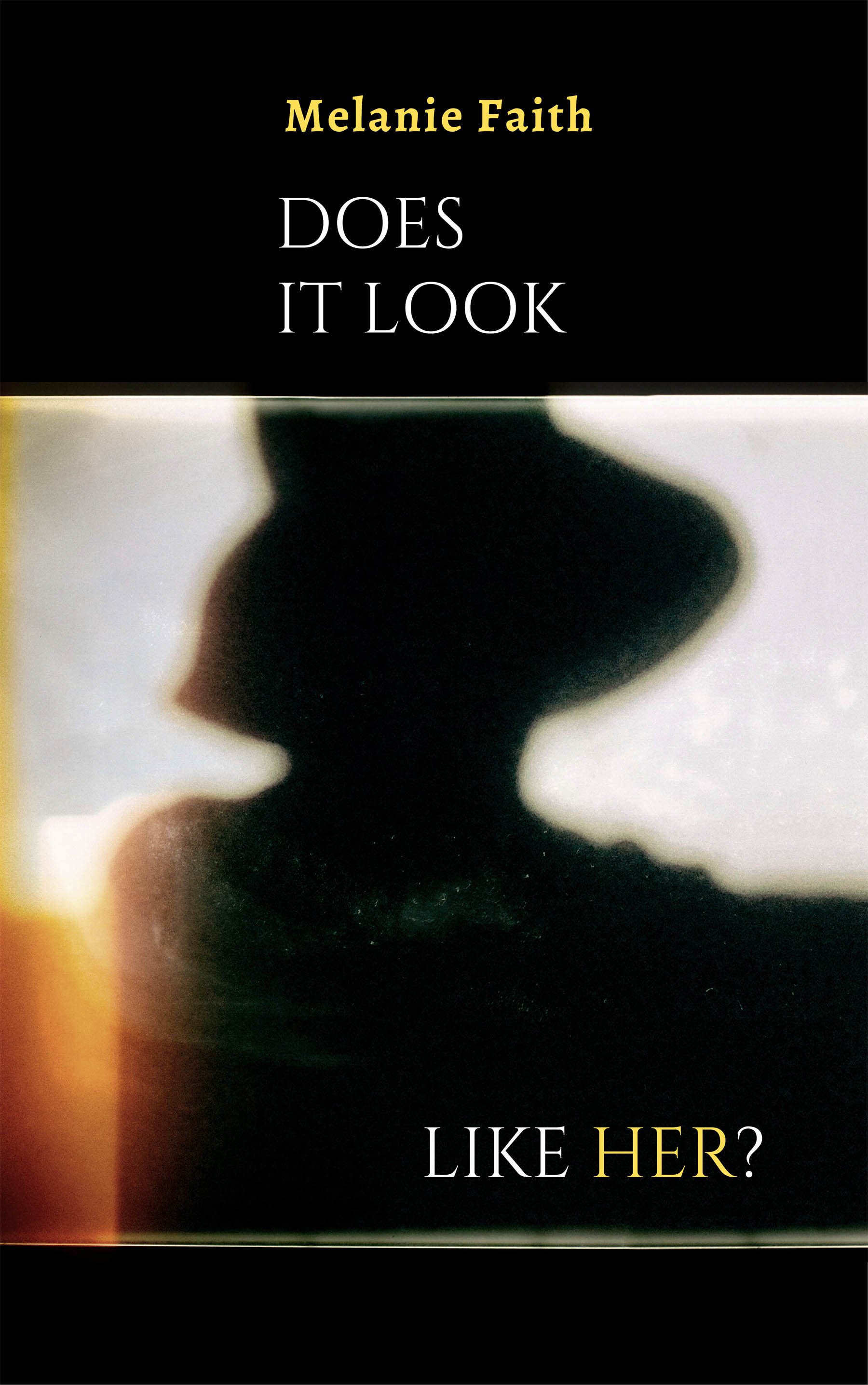Poetry is an evocative, word-rich art. It’s compressed language that so often tells a much, much wider, deeper, bigger story about the human journey. Read on for three tips that will make discovering and deepening themes within this art form a motivating voyage for you as a writer and a meaningful experience for your readers as well.
Write a poem where an object expresses so much more than the sum of its parts. Think for a moment of the top two or three objects that have made a difference in your life. Maybe you still own them, or maybe you’ve lost them in a move or sold them years ago, like a first car. Maybe it’s a Christmas or birthday gift you still have that someone you love gave to you, or maybe it’s something you bought with your first or last paycheck from a job, Or perhaps it’s a commonplace item, like a pencil or pen, that has nonetheless figured prominently in your life in recent years. Describe the particulars of this object.
Poetry thrives on attention to imagery, with attention to detail. Our lives are terribly rushed, even on the “slow” days, and poetry encourages us both to slow down and to notice our world. Poetry also makes us feel gratitude for what we have and where we are in our lives at this very moment. Describing objects can be as short as a three-line haiku or a five-line tanka or as long as a sonnet or even an epic poem of many pages. Word count or style of poem is not nearly as important as being as vivid, visceral, and specific about the object and its meaning to you as possible. Write about the object as if either someone who has seen this fill-in-the-blank commonplace object a million times and even owns one can appreciate it at a whole new level, or as if someone who has never seen your unique object can intuit its worth and see it in their mind’s eye clearly. The object you choose—whether a pair of roller skates, say, or a key to your first car—will remind readers of their own experiences with roller skates or their first car. That magic connection between poet and reader shines through in object poems.
Write a persona poem. Just like fiction, poetry can be a container for speaking in another character’s voice. Just because a poem is written in first-person POV doesn’t mean it has to be from the lens of your own life experience. Wonderful poems have been written in first-person from the point of view of fictional characters, historical leaders, artists real or imagined, you name it. You can also write a persona poem from the perspective of a non-famous, everyday person. They can be set in ancient history, modern history, present-day, or even a future we’ve not reached yet. Science-fiction or fantasy poetry? Why not?! Persona poems allow the writer to explore character creation, historical or present or future time periods, the timeless struggles and joys of being human, setting, and so much more within a compact poem.
Many of the poems in my current collection, Does It Look Like Her? are persona poems from the POV of a painter and her young son; I’m neither a painter nor do I have a son. I found, though, while exploring my protagonist’s and her son’s lives, that through these characters I could say resonant things about being an artist, caregiver, and member of a family than I likely would have explored if writing from my own limited timeline. It’s often easier to tap into universal human experience through a character than relying solely on my own lens and experiences. Readers, too, often connect quite deeply with characters—it’s ingrained in us to put ourselves into the place of characters from the first reading we experience as small children who are being read to until we can read on our own.
Write a poem to celebrate a special occasion or to commemorate a milestone, whether yours or someone else’s. Great poems have been written to honor work anniversaries, engagements, marriage anniversaries, wedding receptions, births, retirement, graduations from kindergarten, high school, college and university, grad school, and first and last days of work. The poem can be in honor of a national holiday, an international event, a religious celebration, a place-centered poem such as celebrating the opening or anniversary of the founding of a school or organization or charity. You name it. Options abound! Any person, place, group, or stage of life is well worth exploring poetically, whether you write it for your own satisfaction, share it with a friend or partner, share at an in-person or online venue, or publish with a literary journal with thousands of readers.
Enjoy the exercise below, and please join me for my October poetry-writing course where we’ll explore even more themes within this thought-provoking genre.
Try this exercise: Start with choosing the type of thematic poem from the three above that most interests you. Make a quick list of three or four topic ideas. Have a friend give you an idea or two as well, to lengthen your list of options. Then pick one of your ideas and write a poem draft in fifteen minutes. I recommend setting a timer—there’s something about writing a first draft with a time limit that tends to get words flowing. You can always set the timer for fifteen more minutes to expand the time for drafting if you want. Use this list to write more poems on other days. Go!
🍁































